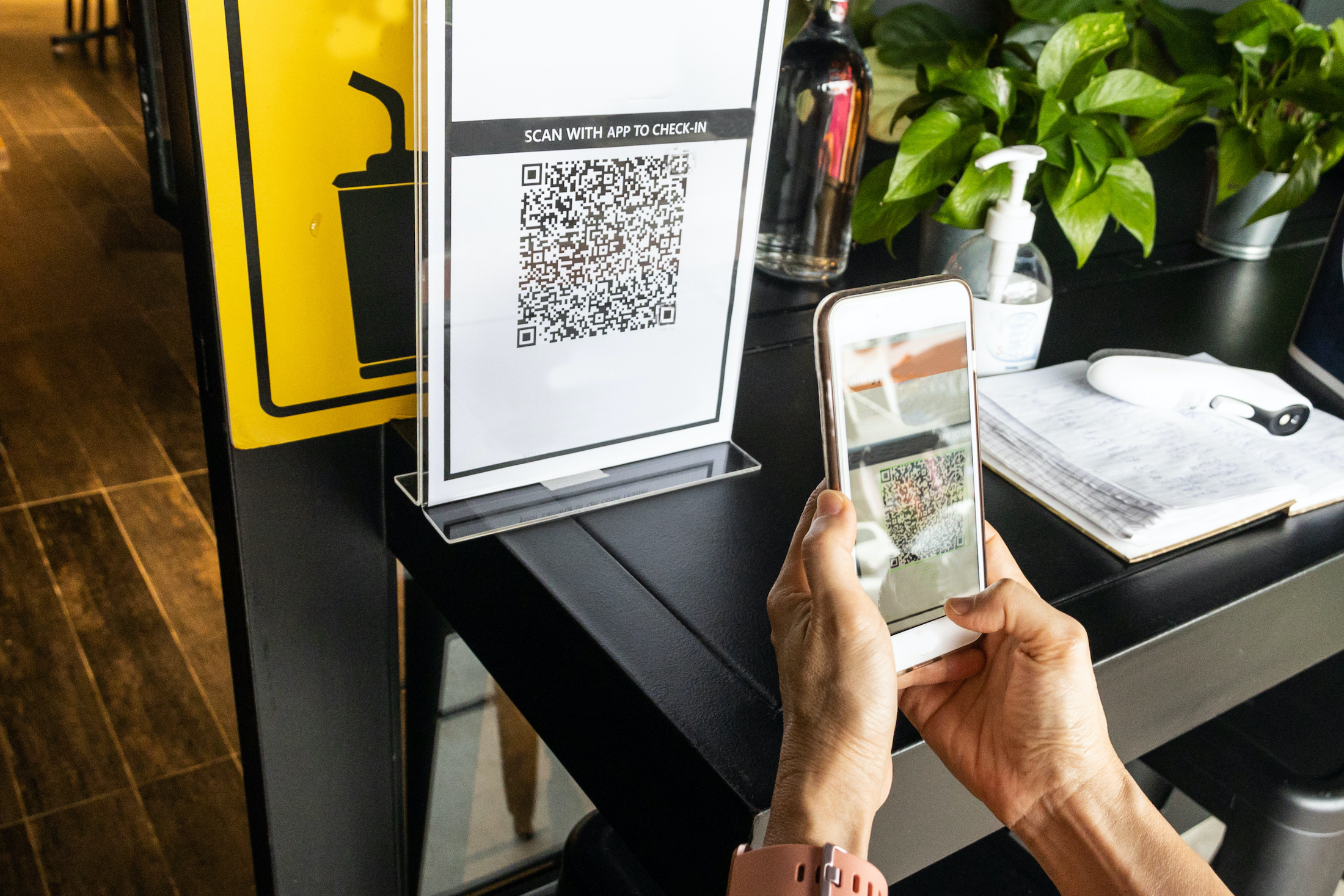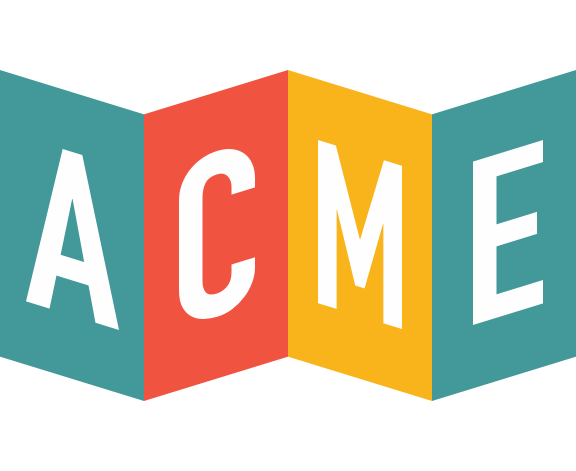
How to Implement Contact Tracing Today
As institutions continue to reopen through increased safety precautions such as timed ticketing and contactless entry, we’re taking a look at one of the less discussed safety measures, contact tracing.
What is contact tracing?
Contact tracing is used to understand the path a virus can take and break the chain of transmission. It involves understanding who may have had the virus, and determining every person that he/she may have come in contact with in an effort to test and proceed to isolate individuals that may have contracted the virus.
What does contact tracing mean for your institution?
Contact tracing does not require you to disclose the personal information of any of your guests. As a zoo, museum, or other cultural institution, it means that if a guest had contracted the virus that you can send notices to guests who may have been in contact with that individual, notifying them that they were in the vicinity of someone diagnosed with COVID-19. You would then ask them to self-quarantine and reach out to their doctor or health care professional.
What can you do to implement contact tracing today?
Process changes can be tricky. Relying entirely upon data entry upon arrival can result in human-error. That’s why ACME has worked hard to provide our partners with the tools they need to implement safety precautions guests can complete on their own; thereby limiting the number of new operational practices staff need to learn.
Waivers and notifications
With ACME, institutions can automatically add waivers before guests complete the order process. This means your staff doesn’t need to worry about asking guests, or increasing wait times by having them review and complete paperwork at the ticketing counter.
Timed Ticketing
Along with contact tracing, timed ticketing is another major safety precaution for institutions like museums, zoos, and aquariums to implement before reopening. Not only does timed ticketing limit the number of people your guests come into contact with, reducing their risk of contracting COVID, but it also makes it easier to contact trace. By limiting entry to a specific number of people for certain time slots, you’ll know how many, and who to contact if there’s been a guest or staff member who contracted the virus.
Tracked Check-ins
While timed ticketing in itself is a great safety precaution for managing capacity, the ability to track who actually checked in is even better. Since everything is digital in ACME, you know who bought a ticket, their contact information, and ACME can track the true time of arrival. This means that you can now know with certainty if they were in your institution at the same time as a guest who may be experiencing symptoms, and easily send them a message letting them know, without having to message your entire marketing or guest list.
Ticket Monitoring and Reports
Along with knowing who checked-in, you also know which tickets did not check in. This is valuable information because you know which guests were not in contact with the virus, and you can exclude them from communications and notices to self-quarantine. With ACME’s reports, you can quickly make cohorts, track them, and monitor all sold-out and undersold events. With these at-a-glance reports and views you can easily implement contact tracing and the safety precautions needed for today’s “new normal.”
Final Thoughts: Contact Tracing
Interested in seeing how easy it is to actually create an attendance report in ACME?
Check out this short video on Attendance reports, and if you’re interested in learning more, click here to request a demo of ACME.

